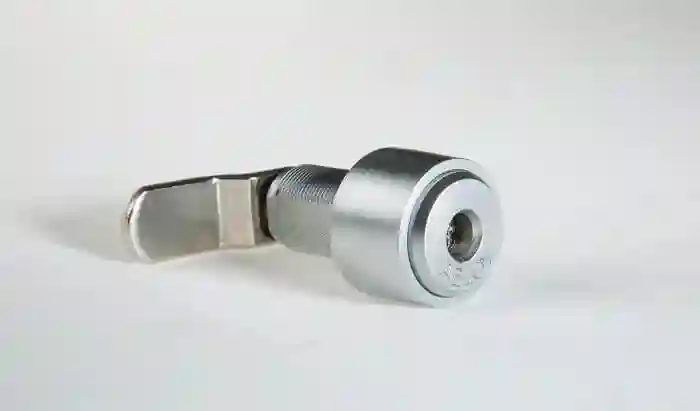A cam lock part, also known as a cam and groove coupling, is an extremely versatile product that can be used in a variety of industries. They’re cost effective and require no tools to connect or disconnect the two halves. These parts are commonly found in the oil, gas, chemicals, pharmaceutical and military sectors. They’re a convenient and reliable way to connect hoses or pipes together.
Material
Cam lock part are manufactured from a variety of different materials. These include stainless steel, aluminum, and polypropylene. These materials all have varying degrees of resistance to certain chemicals. Stainless Steel is one of the strongest and most chemical resistant material options available for use in Camlock couplings. It is a popular choice for water treatment and sanitation applications, as well as ink and paint manufacturing plants. Another option is polypropylene, which is also a very strong and durable material. It is also resistant to acid, alkalis, steam, and heat.
The seals in these fittings come in a range of materials, including Nitrile, EPDM, Viton, and Neoprene. These can be encapsulated or sprayed on, depending on the application. These seals can help to protect the coupler from leaks and prevent the coupler from being disassembled accidentally. They can also provide a safety pin for additional protection. This is especially useful for those that work in environments where hoses are being removed frequently or where the hose could be damaged during a disconnect.
Fitting Size
Cam lock part, also known as cam and groove couplings are quick connect & disconnect fittings. The fitting consists of a male adapter and a female coupler that fit together to connect two pipes. Upon initial insertion, the male adapter is placed into the coupler and the cam arms are drawn back to apply pressure to the recess which locks the parts together. This secures the male side of the coupler to the sealing gasket seated inside the female end of the fitting.
These fittings are used for many applications such as vacuum trucks, frac tanks, fuel delivery, grain movement and waste water. They are also commonly used in the aviation industry. When you are measuring your hoses or pipes for a cam lock coupling, make sure to take the time to accurately measure them. This will help ensure that you get the correct fitting size for your application.
Fitting Type
Cam lock parts are a quick and reliable way to connect hoses and pipes. They are available in stainless steel, aluminum, brass, and polypropylene and are used to connect a wide range of liquids, powders, and gases. These quick-connect couplings are often used in agriculture applications, where they can be exposed to harsh weather and chemicals. They also perform well in oil and gas facilities, as they are easy to install and remove.
Stainless steel cam locks are available with a 3.1 Material Certificate, which ensures that they have been tested and inspected in accordance with BS EN 10204 type 3.1. This certification guarantees the quality of a product and allows for traceability. Camlocks can also be fitted with locking pins that act as an additional safety feature, preventing accidental opening. This is especially important in industries that are prone to spillage of highly flammable or toxic liquid chemicals. They can also be fitted with security chains that allow Dust Caps or Dust Plugs to be connected to the camlock.
Fitting Ends
Cam lock part are available with various fitting ends to suit your specific needs. These can be either male adapter, female coupler, or flange ends. The male end typically has a National Pipe Thread (NPT), however, they can also have a British or fire hose thread. Part A Cam Lock Fittings are male adapter versions that will fit into a hose. They are available in sizes up to 6″ for Aluminum, Brass and Stainless Steel.
The fittings have two handles, or cam arms, that enable rapid installation and quick disconnect. Closing the handles pulls a grooved plug against the sealing gasket in the female end, securing the coupling. This compression of the seal prevents leakage. To connect a camlock to a hose assembly, insert the correct adapter into the coupler and then close both handles simultaneously. This process compresses the seal, ensuring a leakproof connection for a safe transfer of liquids. Reverse the process to disconnect the fitting once the hose is de-pressurized.
The Bottom Lines
A cam lock part is a quarter-turn latch that uses a cam to rotate between open and closed positions. These parts are used on doors, access panels, or other enclosures. They are available in a range of different materials including aluminum, brass, stainless steel, and polypropylene. Some materials are better suited to specific applications than others.





